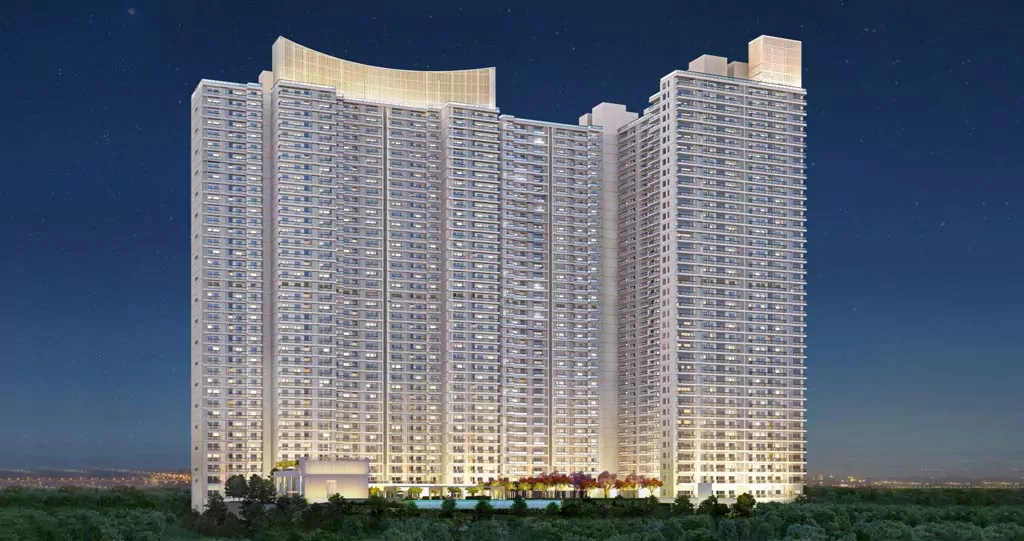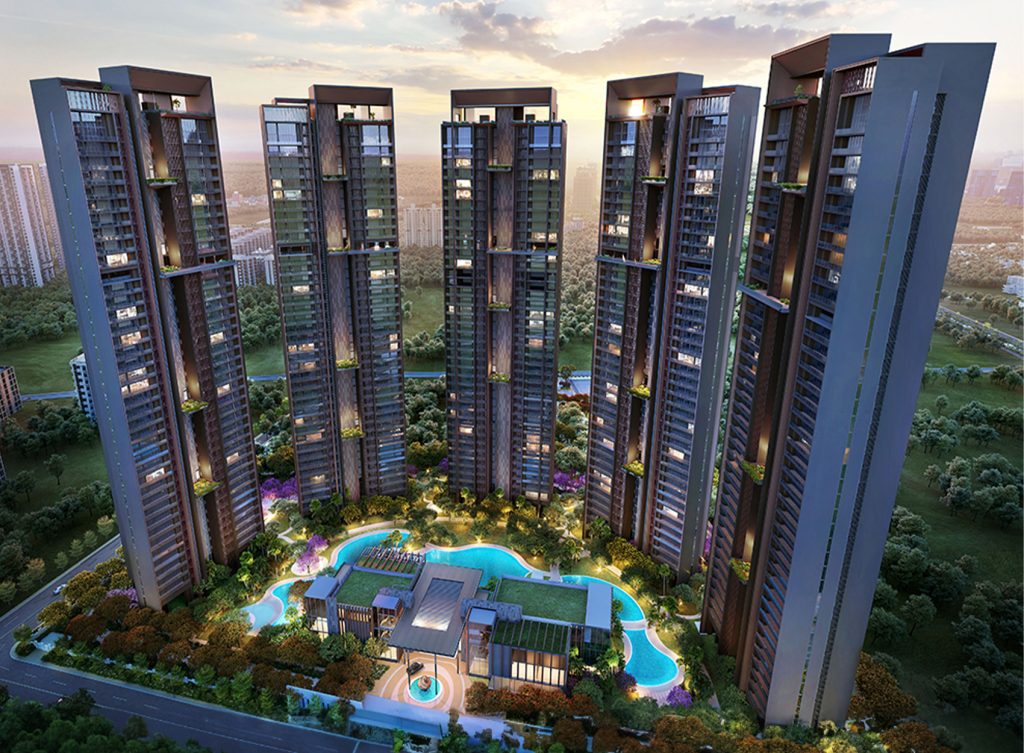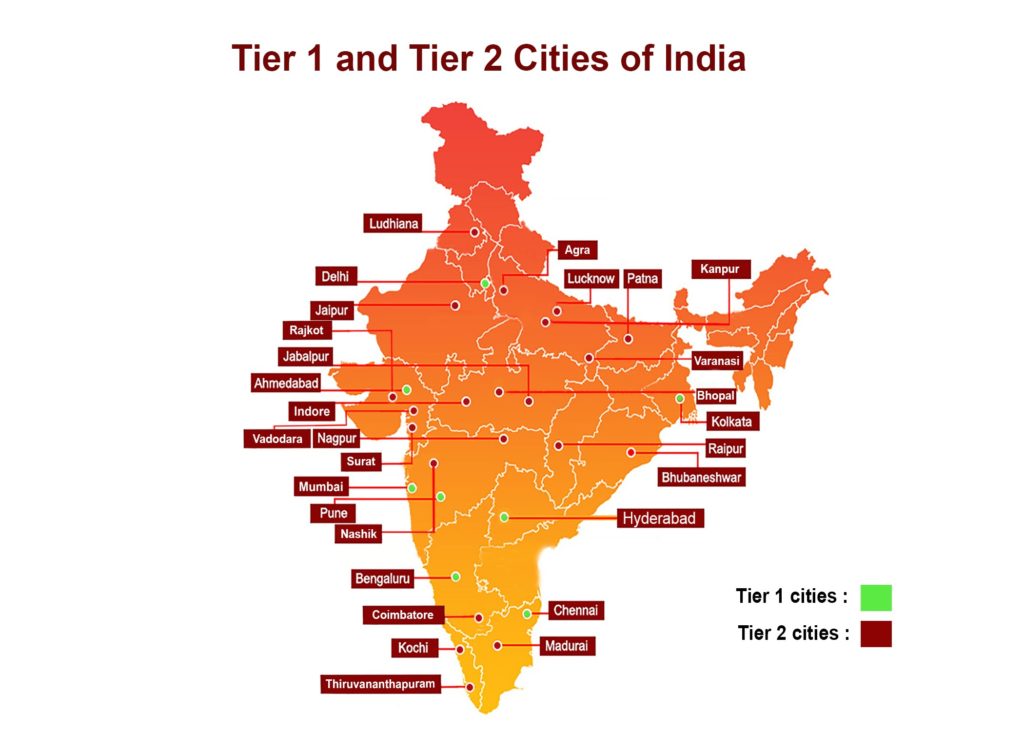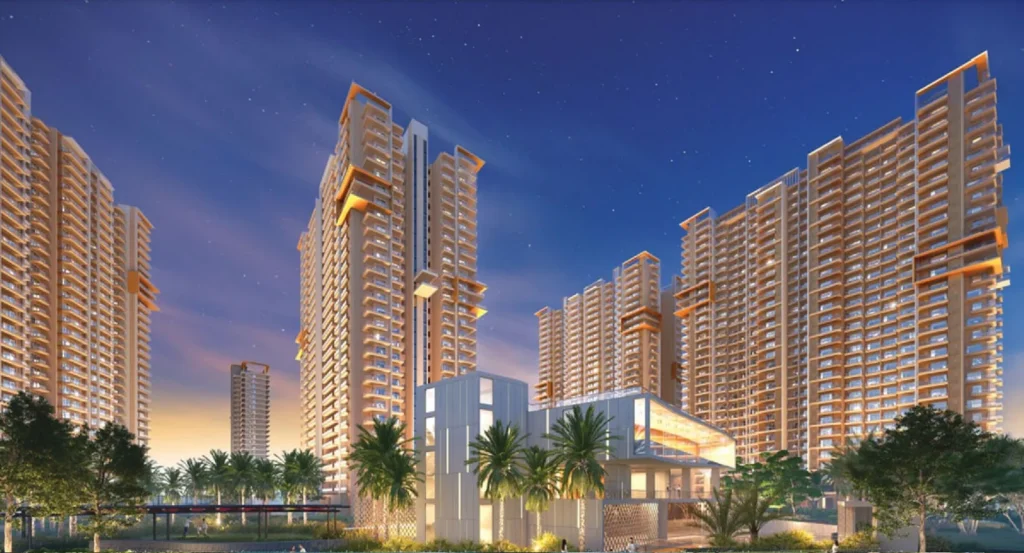Indian cities are classified into four major tiers. The tier classification of cities defines the status of the population size of the city, infrastructure development, economic growth, and quality of life. There are two ways to classify Indian cities. One belongs to the division of cities into urban and semi-urban. The latter one belongs to the classification based on the population and commercial activities in cities, as suggested by the Reserve Bank of India. The prime purpose of classifying the cities in India is administrative efficiency, economic assessment, investment considerations, quality of life assessment, and urban planning and infrastructure. Let’s decode this classification in depth in accordance with the real estate scenario.
Tier 1 or Category X (Formerly known as A-1)
Tier 1 cities are thriving urban centers in India that denote the height of urban development. They offer means of opportunities and amenities.
| Delhi | Bengaluru | Hyderabad |
| Mumbai | Chennai | Pune |
| Pune | Ahmedabad |
These cities catch national and global attention with their economic, commercial, and cultural hubs. They come with exceptional infrastructure, multiple industries, and outstanding educational institutions. Moreover, people get ample employment opportunities there.

Key factors driving the real estate market in tier 1 cities
- Cities falling into this category are mature real estate markets
- Demand for luxury apartments and smart homes
- Growth in co-working and flexible office spaces
- High demand for residential and commercial properties
- Increasing focus on integrated townships
- Property demand driven by limited land availability
- Rising property prices in prime locations
Tier 2 or Category Y (Formerly known as B-1, B-2)
Tier 2 cities are emerging urban centers in India that witness rapid development and urbanization. They provide better growth opportunities. These cities are known for economic and infra-advancements and attract business investments. They provide healthcare facilities, industries, and educational institutions.
| Ghaziabad | Chandigarh | Noida |
| Lucknow | Surat | Patna |
| Faridabad | Nagpur | Gurugram |

Key factors driving the real estate market in tier 2 cities
- Attraction for commercial and industrial investments
- Demand for mid-segment residential projects
- Growing demand for affordable housing and commercial spaces
- Improved infrastructure and economic expansion
- Increasing investment opportunities
- Rise in organized retail and shopping malls
Uttar Pradesh in India has the maximum number of tier 2 cities that offer properties at a lower price tag.

Tier 3 belongs to Category Z (Formerly known as C)
Tier 3 cities are growing urban centers and witnessing rapid urbanisation. They come with advancements in infrastructure. Generally, cities in this category are found closer to tier 1 and tier 2 cities. Due to their proximity to world-class amenities, these cities are attractive for investment.
| Roorkee | Etawah | Rohtak |
| Meerut | Mathura | Gandhinagar |
| Bikaner | Nashik | Vijaywada |
Key factors driving the real estate market in tier 3 cities
- These cities are marginally developed realty markets
- Affordable housing projects for first-time homebuyers
- Favored by middle-income groups
- Gradual real estate development
- Growing demand for commercial spaces
- Higher interest shown by investors and developers
- Infrastructure development initiatives
Tier 4 belongs to Category Z (Formerly known as C)
Tier 3 cities are developing, and smaller urban centers and towns that experience growth and development. Compared to higher-tier cities, tier 4 cities offer limited amenities. These cities try to improve quality of life, enhance infrastructure, and promote investment. They also offer employment opportunities.
| Banswara | Datia | Gangtok |
| Kasganj | Kalyani | Kapurthala |
| Nagda | Bhadreswar | Chilakaluripet |

Key factors driving the real estate market in tier 4 cities
- Emerging real estate market
- Limited real estate activities
- Growing demand for residential properties
- Demand for plotted developments and smaller housing projects
- Development of small shopping complexes and retail outlets
- Sustainable and eco-friendly construction practices
Tier 5 and 6 Cities
As per population-based classification, tier 5 cities have populations between 5,000 and 9,999. On the other hand, cities with populations below 5,000 relate to tier 6 cities.
Conclusion
If you look at tier cities in India from the angle of real estate, you will find that tier cities reflect the varied dynamics of India’s urban landscape. Tier 1 cities witness high property demand at rising prices. Tier 2 cities experience emerging opportunities for property investment and development. In the same manner, tier 3 and IV cities show gradual growth. They also focus on affordable housing. If you are an investor looking for property investment soon, understand trends first before putting your hard-earned money in land investment.
